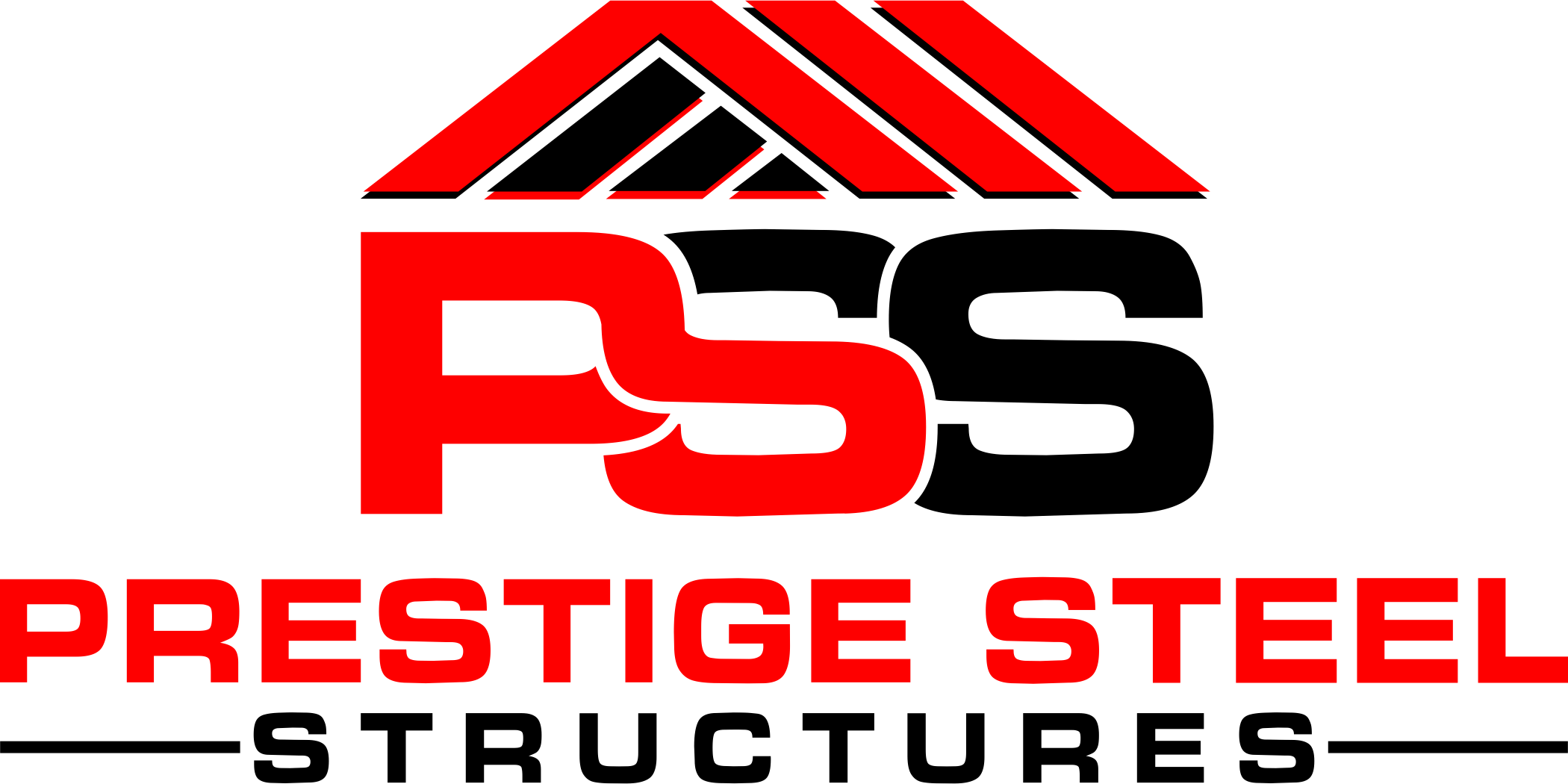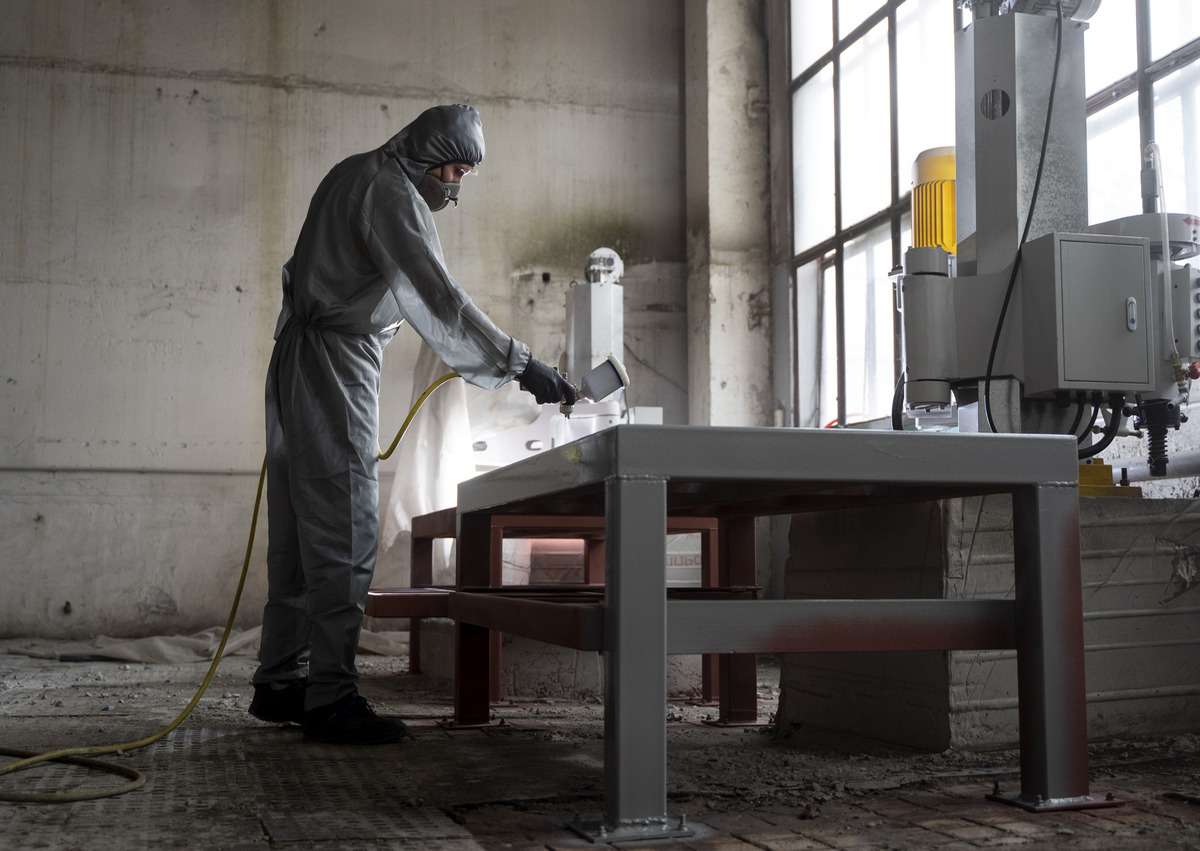Rust and corrosion can be the arch-nemeses of your metal building. These deteriorating forces can compromise the structural integrity of your metal barn, leading to costly repairs and even posing safety risks. Luckily, there are effective strategies you can implement to protect your metal building from these damaging elements. In this comprehensive guide, we will walk you through the steps to prevent rust and corrosion, ensuring your metal building remains sturdy and reliable for years to come.
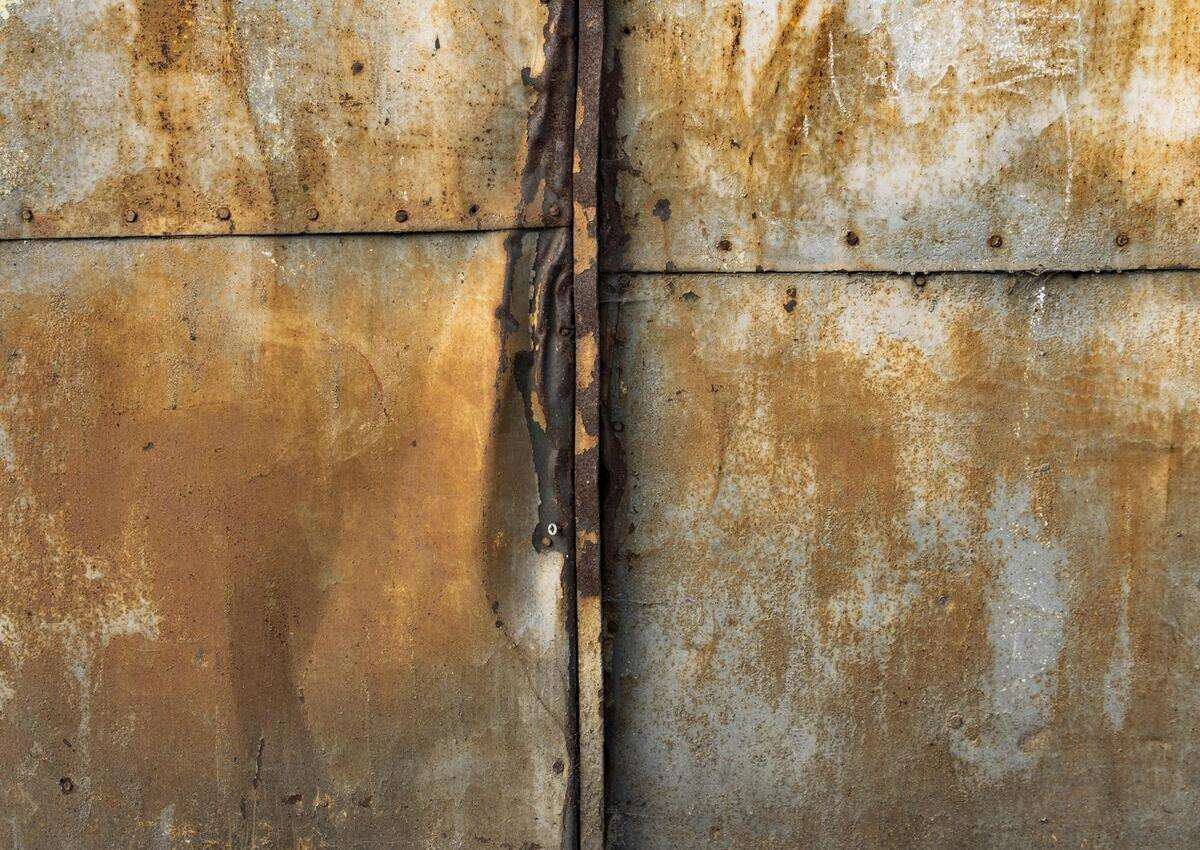
What is Rust and what causes it?
Rust is a type of corrosion that occurs when iron or steel reacts with oxygen and moisture. This reaction forms iron oxide, a reddish-brown compound that weakens the metal. Rust not only looks unsightly but also compromises the strength and durability of metal structures. Understanding rust is crucial in learning how to prevent it effectively.
Rust is primarily caused by the exposure of metal to moisture and oxygen. However, other factors can accelerate the rusting process:
Humidity
High humidity levels increase the amount of moisture in the air, speeding up rust formation.
Salt
Salt, especially from sea air or de-icing roads, can significantly accelerate rusting by increasing the metal’s conductivity.
Pollutants
Industrial pollutants can create acidic environments that hasten rust formation.
Physical Damage
Scratches or chips in protective coatings expose the metal underneath to the elements, leading to rust.
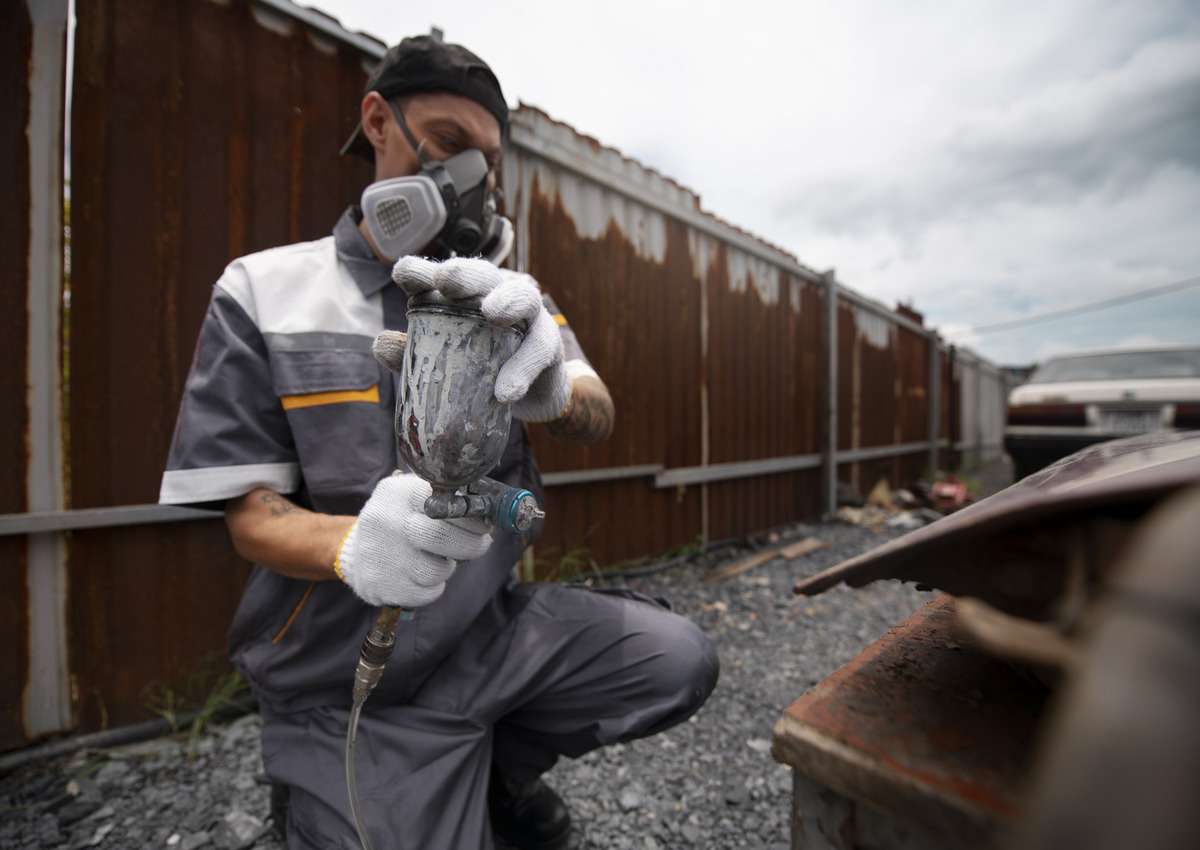
How to Prevent Rust and Corrosion in Metal Barns
Now that we understand what rust is and what causes it, let’s delve into the strategies to protect your metal barn.
Choose the Right Materials
The first line of defense against rust and corrosion is selecting the appropriate materials for your barn. Opt for galvanized steel, which is coated with a layer of zinc to protect against rust. Alternatively, you can use aluminum or stainless steel, both of which are highly resistant to corrosion. Investing in high-quality materials from the outset will save you time and money in the long run.
Regular Maintenance and Inspections
Routine maintenance is crucial in preventing rust and corrosion. Schedule regular inspections to identify any early signs of rust or corrosion. Look for areas where the paint or protective coating may be chipped or worn away, exposing the metal underneath. Catching these issues early allows for prompt treatment before significant damage occurs.
Proper Ventilation
Good ventilation is essential in a metal barn to reduce moisture buildup, a primary cause of rust and corrosion. Ensure your barn has adequate ventilation systems, such as ridge vents, gable vents, and eave vents, to promote airflow and keep the interior dry. Consider installing fans to improve air circulation further.
Use Protective Coatings
Applying protective coatings to your metal barn can significantly enhance its resistance to rust and corrosion. Paint is a common and effective option, but you can also use specialized anti-corrosion coatings. Make sure to reapply these coatings as recommended by the manufacturer, as they can wear down over time.
Keep It Clean
Dirt, debris, and organic matter can trap moisture against the metal surface, accelerating rust formation. Regularly clean your barn’s exterior and interior to remove any buildup. Use a pressure washer for the exterior and sweep or vacuum the interior. Paying attention to areas where water can accumulate, such as around the foundation, is especially important.
Control Humidity Levels
High humidity levels can accelerate the corrosion process. If you live in a particularly humid area, consider using dehumidifiers inside your barn to keep the air dry. Additionally, ensure that your barn’s foundation is properly sealed to prevent moisture from seeping in from the ground.
Repair Damage Promptly
If you notice any damage to the protective coatings or the metal itself, repair it immediately. Small scratches or chips in the paint can quickly become larger areas of rust if left untreated. Use rust-resistant primers and paints to fix these issues and prevent further damage.
Prevent Contact with Other Metals
When different metals come into contact, they can cause galvanic corrosion, which accelerates rusting. Avoid mixing metals in your barn construction and ensure that any fasteners, such as screws or nails, are made from the same metal as the barn or are coated to prevent corrosion.
Apply Rust Inhibitors
Rust inhibitors are chemical compounds that can be applied to metal surfaces to prevent rust formation. These inhibitors form a protective layer on the metal, blocking moisture and other corrosive elements. They are particularly useful for high-risk areas, such as joints and seams.
Consider Environmental Factors
Be mindful of the environment surrounding your metal barn. Coastal areas, with their high salt content in the air, can be particularly harsh on metal structures. In such cases, take extra precautions, such as using more robust protective coatings and performing more frequent inspections and maintenance.
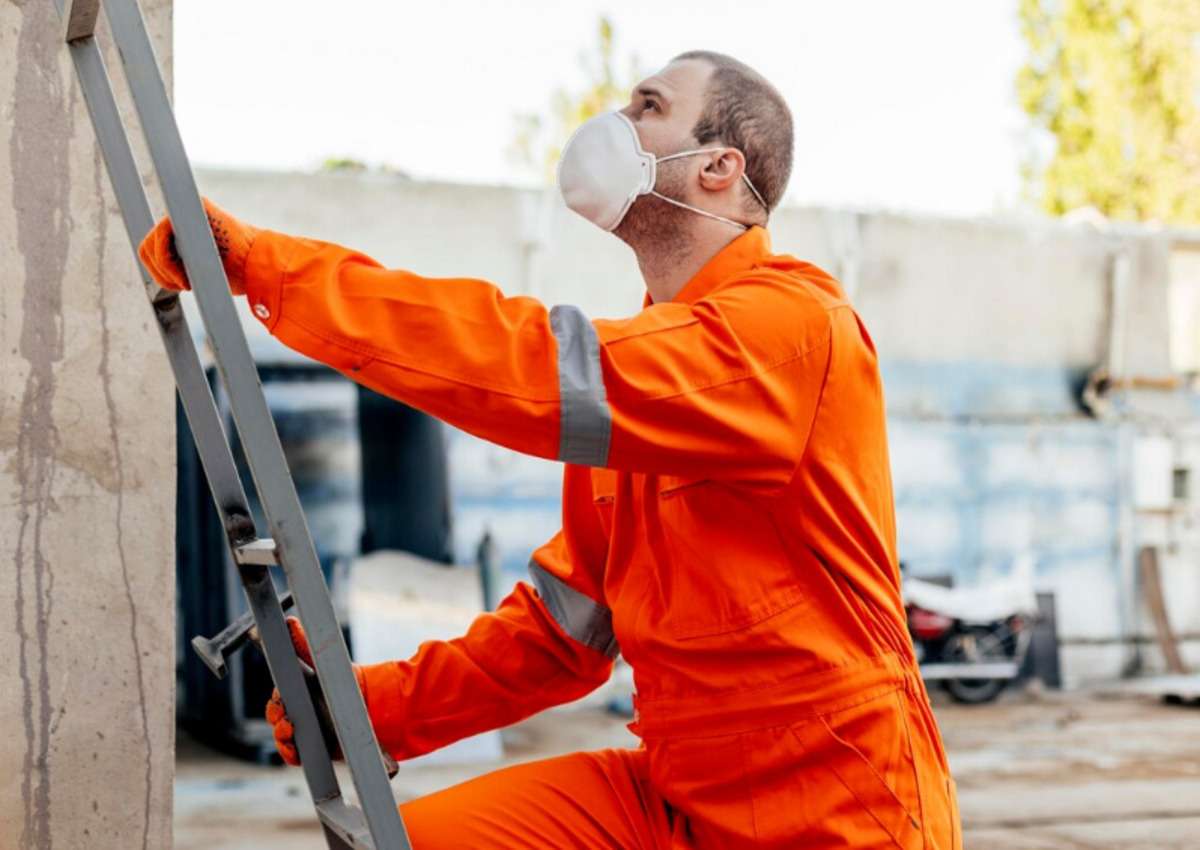
Stay Proactive for Long-Term Protection
Preventing rust and corrosion is an ongoing process. By staying proactive, you can ensure that your metal barn remains in excellent condition. Regularly update your protective measures, adapt to changing environmental conditions, and keep a vigilant eye out for any signs of deterioration. Implementing these best practices will not only extend the life of your barn but also save you from costly repairs and potential hazards.
Conclusion
By implementing these strategies, you can effectively safeguard your metal barn from rust and corrosion, ensuring its longevity and structural integrity. Regular maintenance, timely inspections, and choosing the right materials are pivotal in protecting your investment. Incorporate proper ventilation, apply protective coatings, and keep your barn clean to minimize the risk of moisture buildup. Control humidity levels and address any damage promptly to prevent minor issues from escalating.
Avoid contact between different metals, use rust inhibitors, and consider environmental factors specific to your location. By staying proactive and vigilant, you can maintain a durable and safe metal barn, saving yourself from costly repairs and enhancing the longevity of your structure. Start these preventive measures today to keep your metal barn in top condition for years to come.
FAQs
What is the best material to use for building a rust-resistant metal barn?
Galvanized steel, aluminum, and stainless steel are the best materials for building a rust-resistant metal barn. These materials are highly resistant to rust and corrosion, providing long-term durability and protection.
How often should I inspect my metal barn for rust and corrosion?
It’s advisable to inspect your metal barn at least twice a year. Regular inspections help catch early signs of rust and corrosion, allowing for prompt repairs before significant damage occurs.
Can I use regular paint to protect my metal barn from rust?
While regular paint can offer some protection, specialized anti-corrosion coatings are more effective. These coatings are specifically designed to withstand harsh conditions and provide better resistance against rust and corrosion.
What are rust inhibitors, and how do they work?
Rust inhibitors are chemical compounds that form a protective layer on metal surfaces, preventing moisture and corrosive elements from causing rust. They are especially useful for high-risk areas like joints and seams.
How can I control humidity levels inside my metal barn?
To control humidity levels, use dehumidifiers, ensure proper ventilation, and seal the foundation to prevent moisture seepage. These measures help maintain a dry environment, reducing the risk of rust and corrosion.

